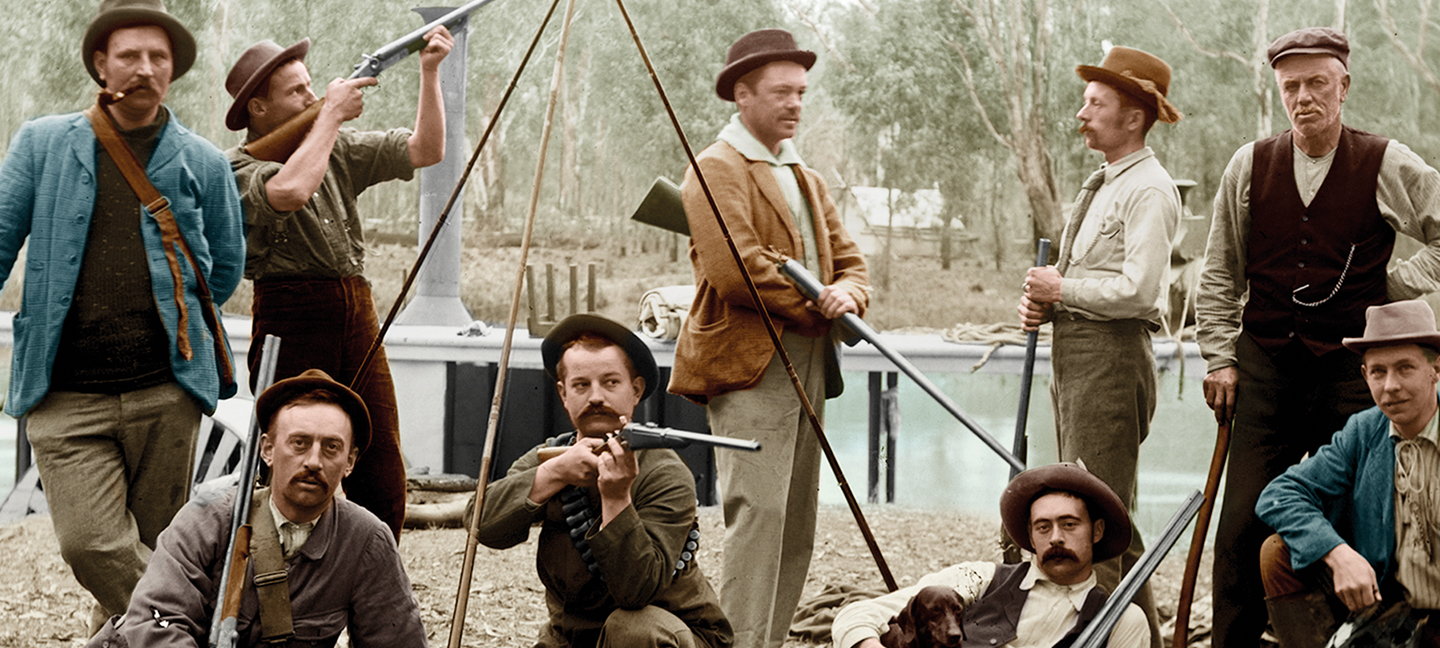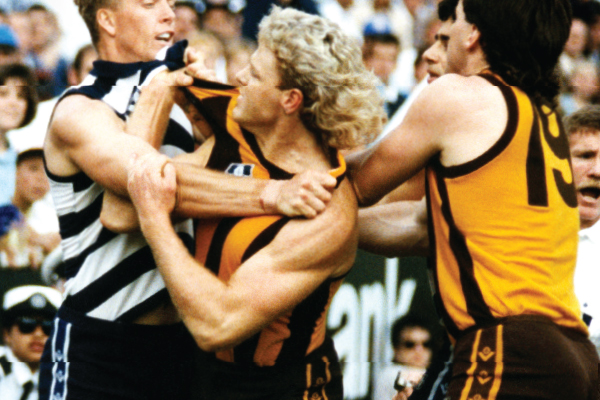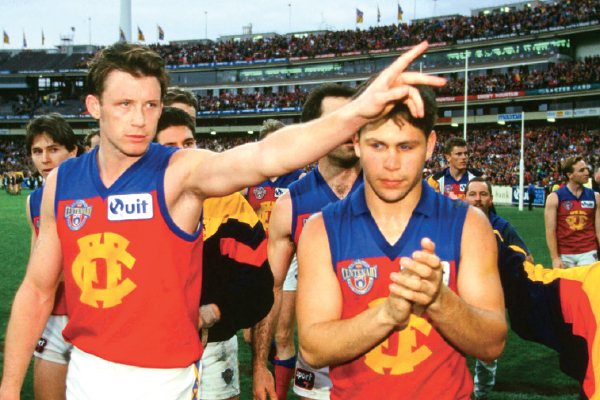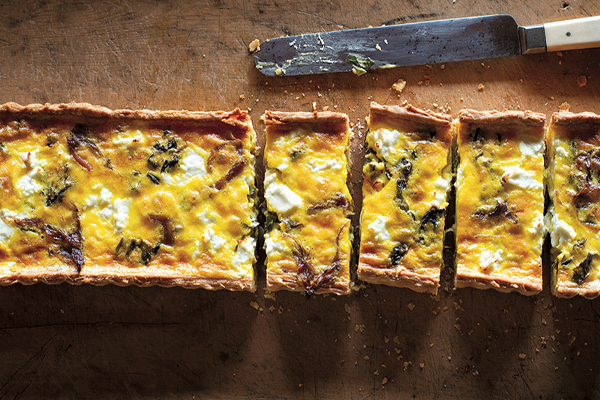Australia's long love affair with the gun
21 Aug 2020 | Nick Brodie
Under Fire by historian Nick Brodie is an exploration of Australia's relationship with the gun, our history of guns is not so drastically different from America, but how does the two countries' paths diverge? From bushrangers and soldiers to the many farmers and recreational shooters shooting animals and each other, the firearm is an inescapable part of Australia’s story and its characters.
Gunfire introduced British law to Australia. In 1770, at Botany Bay on Australia’s eastern coast, Captain James Cook’s landing party fired at two men on the shore. They were standing in defiance of the interlopers.
Guns have been part of Australia’s story for a long time. Dutch and Spanish expeditions in Australia’s north brought gunfire with them in 1606. So too did the great English adventurer William Dampier in Australia’s west in 1688.
But Cook’s shooting was different, for it presaged a new phase in Australia’s history. We might term it the age of the firearm.
Gunfire was part and parcel of the growth of Europe’s empires, and Britain was no exception. A few months following the shooting at Botany Bay, and after several violent encounters with Indigenous peoples, Cook ordered a volley be fired to accompany his ceremonial claiming of Australia for Britain at what he pointedly named Possession Island. Gunfire was a sort of punctuation mark to this formal act of colonisation. And this pattern of celebratory shooting was replicated with another volley of musketry, which accompanied the establishment of a permanent British settlement at Sydney in 1788.
The age of the firearm thus paralleled – and helped drive – the story of Britain’s empire. But it is also a critical part of modern Australia’s national story, perhaps even its defining one.
Gunfire marks many of Australia’s most significant moments. Wars were won by the gun, bushrangers and rebels took up the gun, hunters acquired sustenance and sport by the gun. In one sense, this book is a history of Australia, measured by the gun.
But because Australia evolved with the firearm, this history reveals something essential about a nation which was repeatedly threatened by the very thing which did so much to establish it. This history is therefore not just about guns, but about how they came to be controlled. This is the story of a social consensus emerging over centuries that the right to life is the highest liberty.
Expressed in generations of laws and attitudes and arguments about gun-control, this is the long lesson, which we learned the hard way. This is the story of the rise and fall of the age of the firearm.
Who can use guns? What can they use them for, and where and when? Are some guns so dangerous they are incompatible with civil society? These are the questions Australians have often asked, and this is a record of the answers they gave.
This is the tale of why and how guns were banned from our city streets, shooters came to need licences, guns had to be registered, specific weapons came to be prohibited, and so on. This is an intergenerational story about protecting children from unnecessary danger. This is the history of a creeping battle against corporate interests and foreign political ideologies.
This is history’s rebuttal to the senator who in 2016 characterised Australia’s National Firearms Agreement as ‘just an emotional reaction to a tragedy’.1 This is a lesson for the twenty-five senators who in 2018 opposed a parliamentary motion to ‘resist moves to weaken Australia’s gun control laws’.2 This is a warning for the 993 Australians who petitioned the Commonwealth House of Representatives for the ‘repeal … or reform’ of the National Firearms Agreement in 2019.3
This is a reminder for all Australians that our biggest fight for freedom was not against Turkey or Germany or Japan, but against our own long love affair with the gun.
This is an edited extract from Under Fire by Nick Brodie
Available now in all good bookstores and online
Click here for your preferred online retailer



